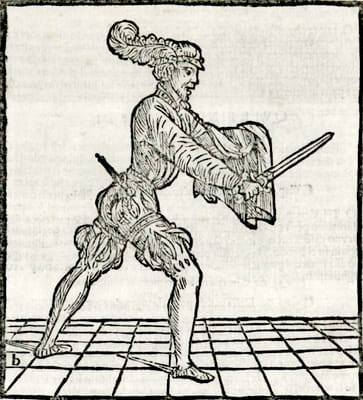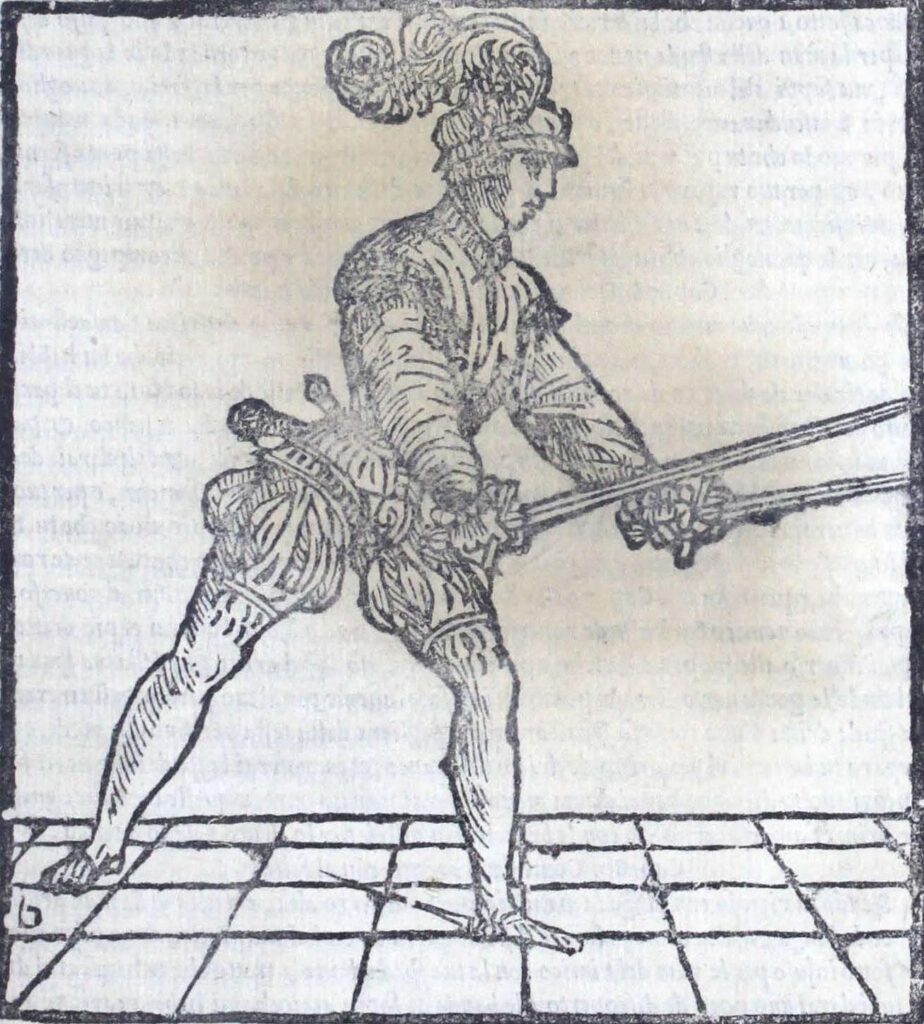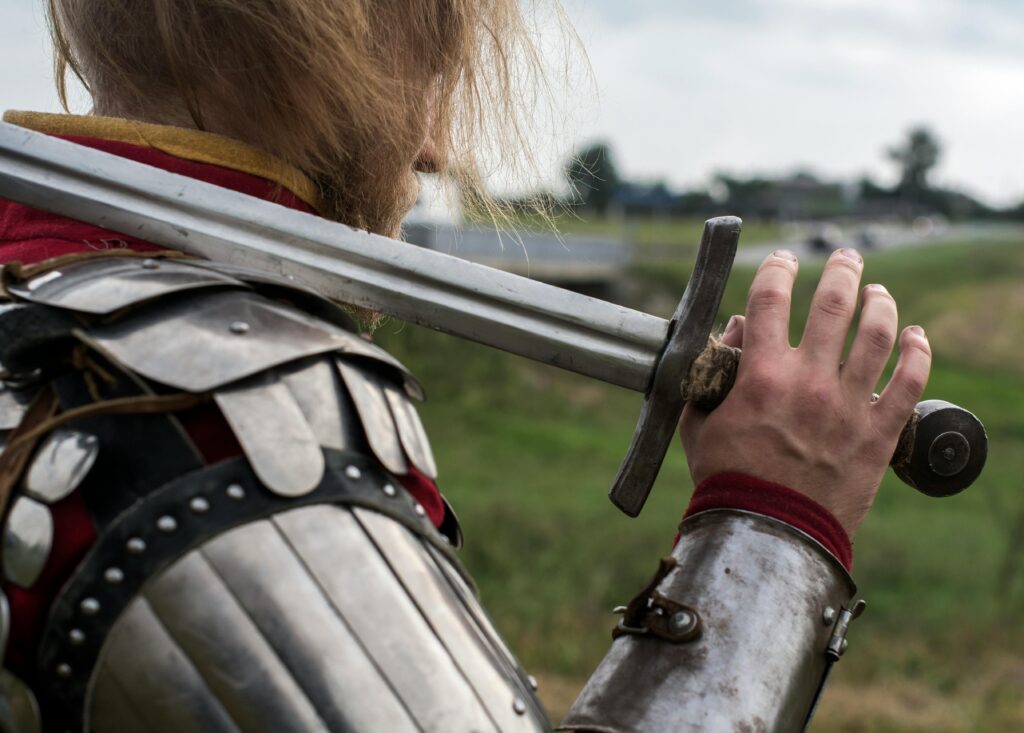The Role of Martial Forms

Solo forms are a part of many different martial arts from around the world, and European martial arts are no exception. Solo and partnered martial forms appear in many different Italian fighting manuscripts, particularly from the Bolognese tradition, as well as in German sources like one included in Döbringer’s treatise.
Forms play a diversity of roles in martial training including performative and mnemonic, as well as for fitness, mechanical and tactical conditioning. As modern practitioners they also provide a way to connect with the history of the art and to reach back to the work of the masters and students that came before.
Check out this other article from the blog that has a couple examples of Italian assaults for both sidesword and longsword demonstrated both solo and partnered.
Do Forms Have Efficacy?
Forms in martial arts often receive criticism for being simply a rehearsed piece of choreography that has no relevance to effective martial training. There are a few responses to this:
1. Who Cares?
Effective combative application is not the only reason to study a martial art. As stated above, forms play a variety of valuable roles in training. Connecting with the roots of the art, building your mechanical abilities, and guiding your memorization of technique are all excellent and fully valid reasons to practice them. I also find them to be really satisfying and fun.
2. Use Them Appropriately
Place martial forms correctly in your training to meet your martial goals. If your goal is combative application then forms are best suited as tools for conditioning of fitness and mechanics.
Focus on maximizing your physical capacity and your precision in your forms training. If you practice with intent and challenge yourself to increase your accuracy, depth of posture, power, and speed, you’ll get some significant payoff.
This will also free your partner time to focus on perception, timing, and strategy, knowing that the mechanics side of your practice is well looked after already.
3. Base Not Rote
Forms can be excellent training tools for building your tactical ability if you use them as a jumping-off point rather than a rote series of actions. Try the following:
- Start with a partnered form then choose places to randomize what comes next. E.g., work your way to the fourth action then let your partner be free to make an alternate type of attack.
- Have your partner omit a defensive move in the sequence at a random moment to test the intent of your actions.
- Use a piece of a form as the beginning of a sparring sequence. You both know how the first four moves of this fight goes, but after that the action is free until someone is struck or you exit from distance—then you start over again with the form.
- Build up and break down a form one action at a time—this process of decoding the intent of each action of a form is great tactical and strategic training.
Subscribers can check out these exercises from the Duello Armizare library on Play-Building to better understand the ideas above:




Responses